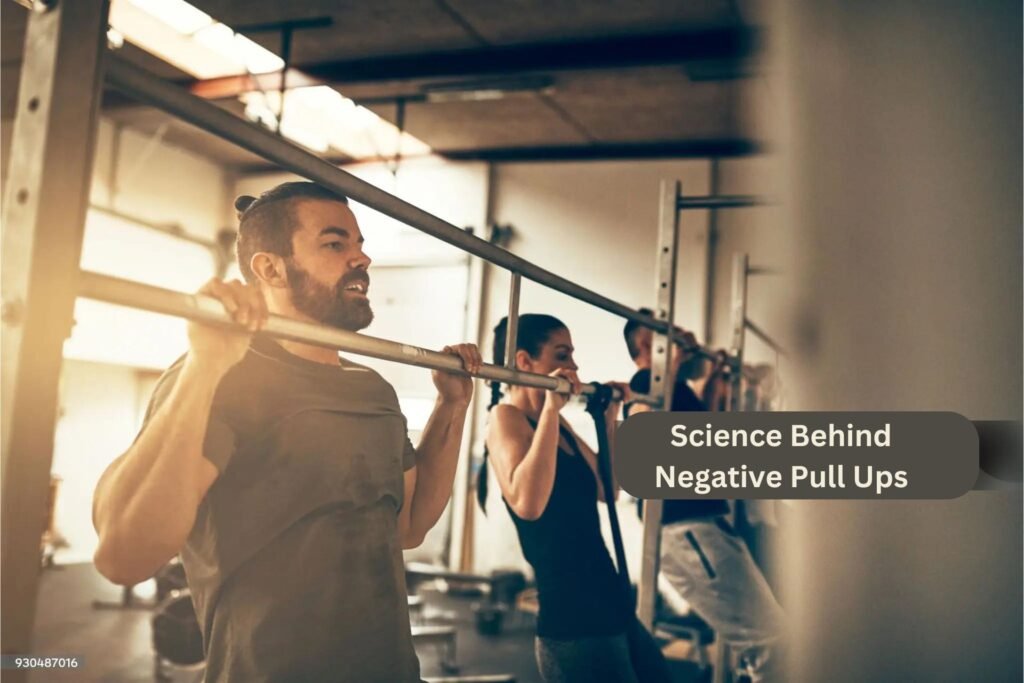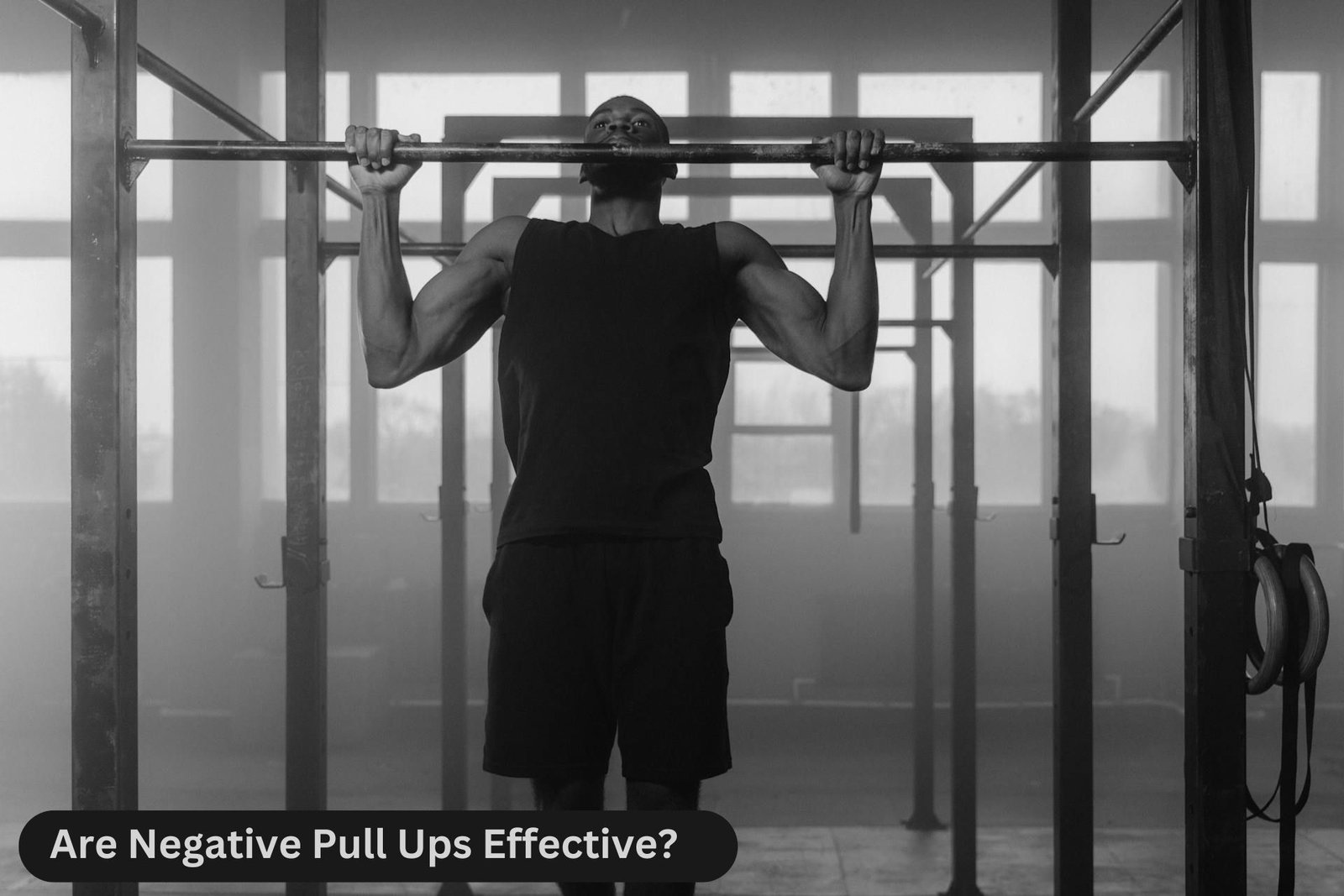Ever wondered if Pull-Ups are worth your time or Are negative pull ups effective?
I get it—when you’re busting your ass in the gym, you want every rep to count.
Negative pull ups might seem like a gimmick, but trust me, they’re not.
These bad boys zero in on the often-overlooked eccentric phase of the exercise, giving your muscles a brutal workout that pays off big time.
So, are they effective? Buckle up, because we’re about to dive deep into why negative pull-ups could be your secret weapon for crushing fitness goals.
The Basics of Negative Pull-Ups
Negative pull ups are not your run-of-the-mill exercise.
They focus on the eccentric part of the pull up—where you lower yourself slowly from the top position.
It’s different from the full pull up, which involves both lifting and lowering.
Here’s the kicker: while regular pull ups are tough, negative pull ups zero in on building strength by forcing your muscles to work hard during the descent.
The Science Behind Negative Pull-Ups

Muscles don’t just grow by lifting weights; they also need to handle controlled descents.
Negative pull-ups engage your muscles intensely during the lowering phase.
This eccentric contraction is a powerhouse for muscle growth and strength.
Why? Because your muscles are under more strain when you lower yourself slowly compared to when you pull up. This prolonged tension is crucial for building endurance and muscle mass.
Learn More about the science behind Negative Pull Ups.
Benefits of Negative Pull Ups
Let’s break it down:
- Increased Strength: Negative pull ups force your muscles to work harder. This helps in building overall upper body strength.
- Improved Pull Up Performance: They make regular pull ups easier by strengthening the muscles needed for the full movement.
- Enhanced Control: By focusing on the descent, you improve your control and technique, crucial for progressing in calisthenics.
Pro Tip:
Focus on a slow, controlled descent during negative pull ups to maximize muscle engagement and strength gains.
Are Negative Pull Ups Effective?
Are negative pull ups really effective? It’s a fair question.
Some might think they’re just a gimmick, but let’s be clear: they’re backed by science. The key is consistency and proper form.
Potential drawbacks? Sure. If you’re not careful, you might overdo it and risk injury.
Start slow and ensure you’re performing them correctly to reap the benefits.
Sample Workout Plan for Negative Pull Ups:
| Warm-Up: | 5 minutes of light cardio and stretching. |
| Negative Pull Ups: | 4 sets of 6 reps. |
| Regular Pull Ups: | 3 sets of 8-10 reps. |
| Cool Down: | Stretch your arms and back. |
How to Incorporate Negative Pull Ups into Your Routine
Ready to add them to your workout? Here’s how:
- Find a Bar: Use a sturdy bar you can grip firmly.
- Start at the Top: Jump or use a step to get into the top position of a pull up.
- Lower Slowly: Take 3-5 seconds to lower yourself down.
- Repeat: Aim for 3-4 sets of 5-8 reps.
Tips for Maximizing Effectiveness:
- Focus on Form: Ensure your movements are controlled.
- Combine with Regular Pull Ups: Mix negative pull ups with full pull ups for balanced development.
- Rest and Recover: Allow your muscles to rest, and take proper time to recover between each session.
Conclusion
Alright, let’s cut to the chase—negative pull-ups are more than just a fancy exercise.
They’re a key player in building raw strength, improving your pull up game, and mastering control over your body.
If you’re serious about leveling up your fitness routine, don’t sleep on these. They’re tough, they’re effective, and they’ll push you to new heights.
So, get on that bar, embrace the grind, and let’s see what you’re really made of.
Negative pull ups aren’t just effective; they’re a game-changer.
FAQs
How often should you do negative pull-ups?
Aim for 2-3 times a week, allowing rest days in between to prevent overtraining.
Can negative pull ups help with other exercises?
Absolutely. They enhance your overall upper body strength and control, benefiting various exercises beyond just pull ups.
What are the best tips for beginners?
Start with a few reps and focus on controlled movements. Gradually increase the number as your strength improves.

